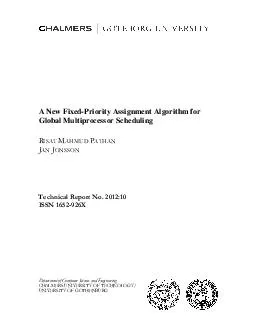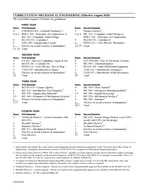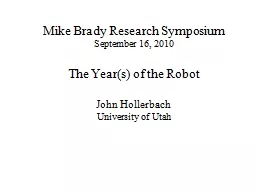PPT-By: Mike Basham, Math in Scheduling
Author : marina-yarberry | Published Date : 2018-03-16
The Bridges of Konigsberg In Konigsberg Germany there was a river that ran through the city with an island in the middle of the river Seven bridges were built on
Presentation Embed Code
Download Presentation
Download Presentation The PPT/PDF document "By: Mike Basham, Math in Scheduling" is the property of its rightful owner. Permission is granted to download and print the materials on this website for personal, non-commercial use only, and to display it on your personal computer provided you do not modify the materials and that you retain all copyright notices contained in the materials. By downloading content from our website, you accept the terms of this agreement.
By: Mike Basham, Math in Scheduling: Transcript
Download Rules Of Document
"By: Mike Basham, Math in Scheduling"The content belongs to its owner. You may download and print it for personal use, without modification, and keep all copyright notices. By downloading, you agree to these terms.
Related Documents














